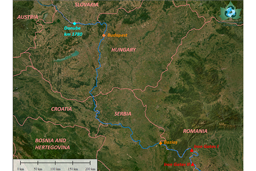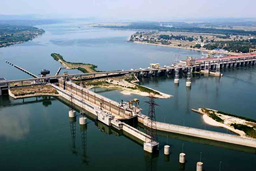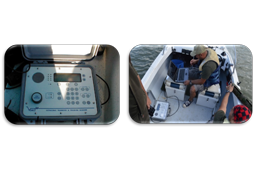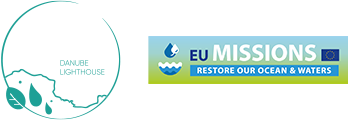Sturgeon migration by-pass Iron Gates Iand II.
Organization: INCDPM (Romania)
To tackle the issue regarding the Danube river connectivity for the migration routes of the sturgeon specimens, INCDPM will develop the best strategy to assist ultrasonic tagged sturgeon specimens to pass upstream the Iron Gates I and II will adopt the use of special solutions adapted for each hydropower station and will monitor the specimens movements and behavior both using 3 fixed monitoring gates, each consisting of 2 INCDPM patented systems and by using boat-mounted VR-100 reception stations for continuous monitoring for about 700 fluvial kilometers.
https://www.incdpm.org/post/incdpm-at-grand-opening-of-danube-region-water-lighthouse-action-dalia





General Overview
The activities cover the Danube Delta, where the river flows into the Black Sea, followed by all the Romanian and Serbian parts of the Danube, and ending on Hungarian territory. The Iron Gates Natural Park in total includes 18 protected areas, with 2 Special Protection Areas in Romania that are proclaimed as part of the European ecological network NATURA 2000. The historical migration routes of anadromous sturgeon populations in the Danube are disturbed by the hydro-technical construction in the Iron Gates area, and the implementation of an innovative bypass measure is suggested to resolve this disruption.
Implemented Measures
Scientific fishing with filter nets will be carried out throughout the year on Romanian territory (from the Black Sea to the Iron Gates II) to collect metric and mass data on the sturgeon populations. In areas of Serbia and Hungary, sturgeon specimens will be tagged and monitored with ultrasonic transmitters developed by the INCDPM, to provide data on water temperature, depth of the specimen, and information on migration routes. The innovative by-pass strategy will be implemented, tested, and validated by the INCDPM team in Both Iron Gates locations and attempt to ensure the continuity of sturgeon migration routes from the lower Danube to the upper river sector.
Impact of the Measures on the Environment
From the monitoring of the wild sturgeon population in the Lower Danube, it was found that the recovery trend is unsatisfactory, with a lack of information to verify the migration routes. With the ban on illegal fishing activities implemented by the Ministry of Environment, the declining rate of the sturgeon population is being limited, pointing to the potential natural recovery of the wild sturgeon population in the Lower Danube and the Black Sea in the long term, with anthropogenic pressures driving to contradictory results. None of the anadromous sturgeon species are noted to migrate upstream of the Iron Gates dams, faced with a significant reduction in historical migration routes and fragmentation of breeding habitats.
Summary and Recommendations
The focus is placed on the region of the Iron Gates hydropower plants, where the implementation of an innovative bypass solution is intended. Wild sturgeon individuals will be caught through scientific fishing activities, tagged with ultrasonic transmitters, released into their natural environment, and monitored to measure the success of the proposed solution.
